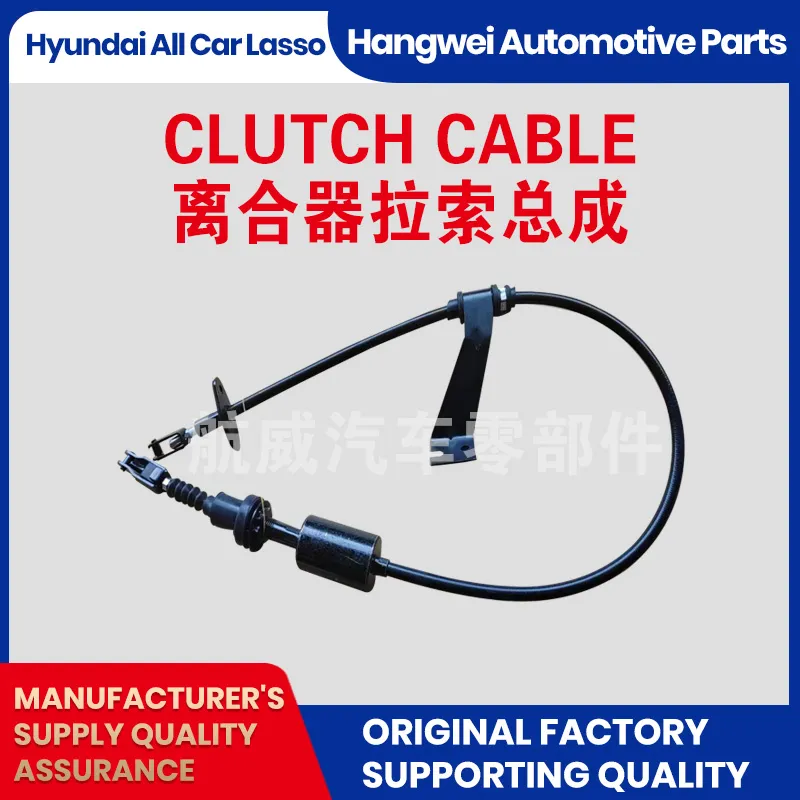Evaluating Costs of Accelerator Wire for Efficient Project Budgeting
Understanding Accelerator Wire Cost Factors and Implications
In the world of particle physics and advanced accelerator technology, every component plays a critical role in the performance and efficiency of complex systems designed for research and application in various fields, including medical treatments, materials science, and fundamental physics experiments. Among these components, accelerator wire stands out as an essential element that can heavily influence both the functionality and cost of particle accelerators. This article delves into the factors affecting accelerator wire cost, its implications for research projects, and possible strategies for managing these costs effectively.
What is Accelerator Wire?
Accelerator wire is typically made from high-conductivity materials, such as copper or aluminum, and is used in various applications within particle accelerators, including electromagnet windings and high-frequency structures. Its primary function is to carry electrical current efficiently while minimizing losses due to resistance. Given that particle accelerators operate at very high currents and voltages, the quality and properties of the wire are crucial to ensuring optimal performance and longevity.
Factors Influencing Accelerator Wire Cost
1. Material Choice The type of material used for accelerator wire significantly impacts its cost. For instance, while copper is known for its excellent conductivity and is widely used, its market price can fluctuate dramatically based on global supply and demand. Similarly, advanced composite materials, which may be employed in high-performance applications, often come with a heavier price tag due to their manufacturing complexity and sourcing challenges.
2. Wire Specifications The wire’s diameter, coating, and insulation requirements can also affect its overall cost. Thinner wires are typically lighter and can provide higher performance; however, they may be more expensive to produce. Specialized coatings that enhance performance or protect against corrosion add another layer of cost, necessitating careful evaluation of the benefits they provide relative to their expense.
3. Manufacturing Techniques The production process for accelerator wire can vary widely, with options ranging from traditional methods to advanced techniques such as extrusion and drawing. Innovative manufacturing methods may offer superior performance but at an increased cost. As a result, selecting a manufacturer with the capability to produce high-quality wires efficiently can substantially influence the overall budget.
accelerator wire cost

4. Market Conditions The broader economic landscape can have profound effects on the cost of accelerator wire. Factors such as geopolitical tensions, trade tariffs, and fluctuations in supply chains can lead to rapid increases in material costs. Keeping abreast of market trends is vital for researchers and institutions looking to budget effectively for their accelerator projects.
5. Volume of Purchase Economies of scale come into play when purchasing accelerator wire. Institutions that require large quantities may negotiate favorable rates with suppliers, while smaller projects might find themselves paying a premium. This dynamic highlights the importance of strategic planning and collaboration among research teams to optimize purchasing agreements.
Implications for Research and Development
The rising cost of accelerator wire has significant implications for research projects that rely on particle accelerators. As budgets tighten, institutions must make informed decisions about material selection and project design. These choices can affect not only the initial outlay of funds but also the long-term operational costs associated with maintenance and replacement of worn components.
Furthermore, as the scientific community pushes for increasingly ambitious projects, the financial burden associated with high-quality accelerator wire can become daunting. Strategies to mitigate these challenges might include exploring alternative materials, investing in shared infrastructure among research institutions, and seeking collaborative funding opportunities to distribute costs more equitably.
Conclusion
In summary, understanding the cost implications of accelerator wire is crucial for managing budgets in particle physics and related fields. Factors such as material choice, manufacturing techniques, and market conditions play significant roles in determining expenses. Therefore, selecting the right wire based on project needs and effectively navigating supply chain complexities can make a profound difference. As the scientific community continues to advance the frontiers of knowledge, optimizing every aspect of accelerator technology, including wire costs, will be essential for the sustainability and success of future research endeavors.
-
Workings of Clutch Pipe and Hose SystemsNewsJun.04,2025
-
The Inner Workings of Hand Brake Cable SystemsNewsJun.04,2025
-
The Secrets of Throttle and Accelerator CablesNewsJun.04,2025
-
The Hidden Lifeline of Your Transmission Gear Shift CablesNewsJun.04,2025
-
Demystifying Gear Cables and Shift LinkagesNewsJun.04,2025
-
Decoding Clutch Line Systems A Comprehensive GuideNewsJun.04,2025
